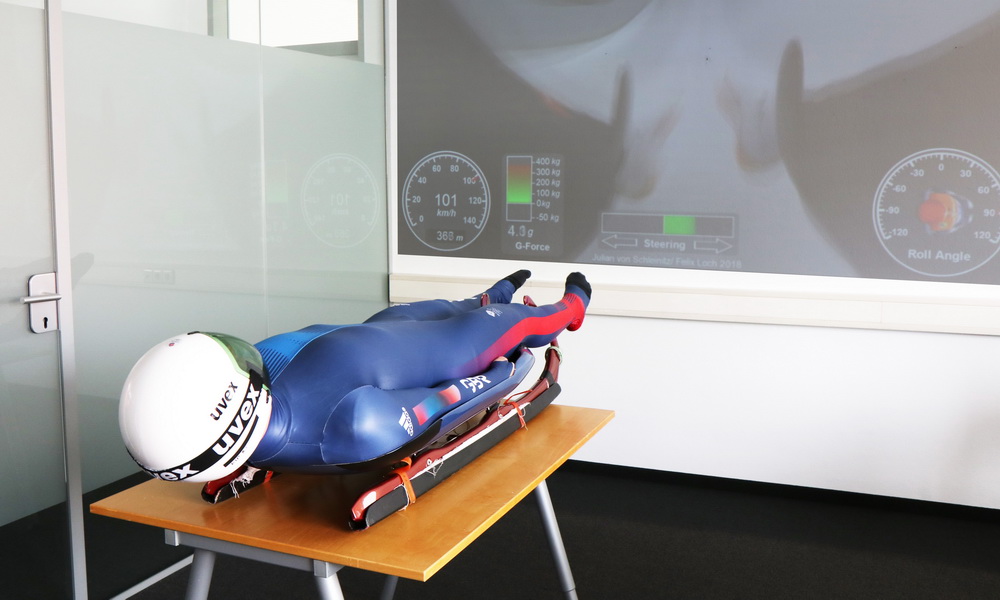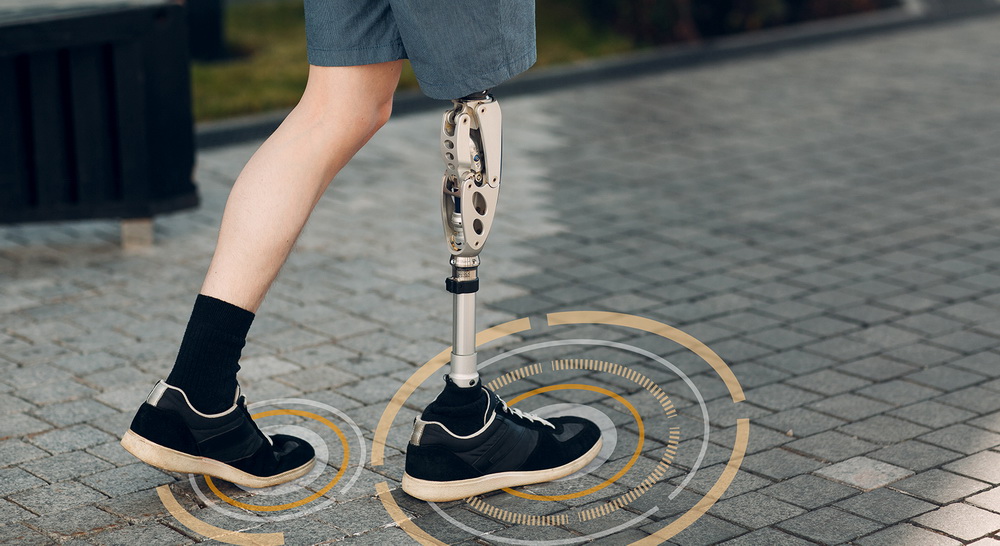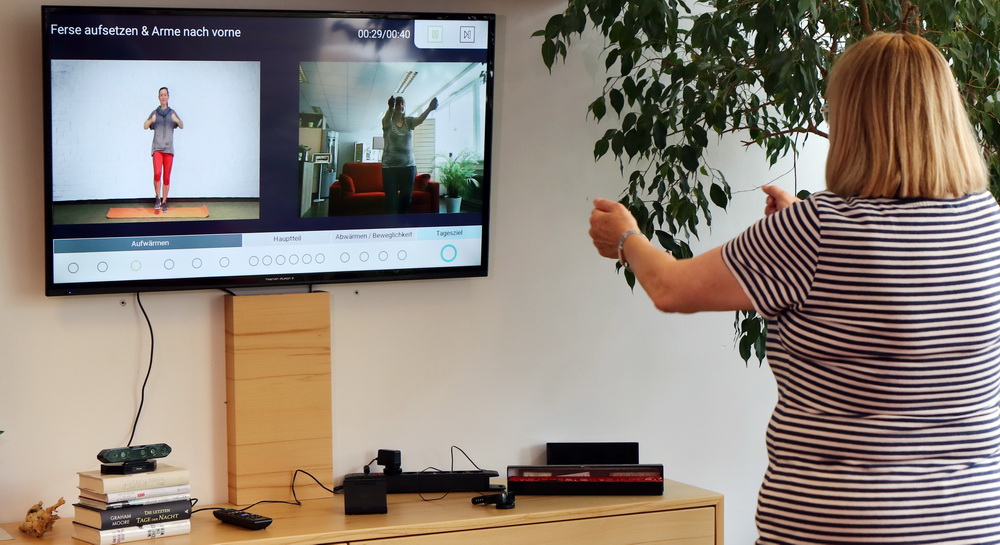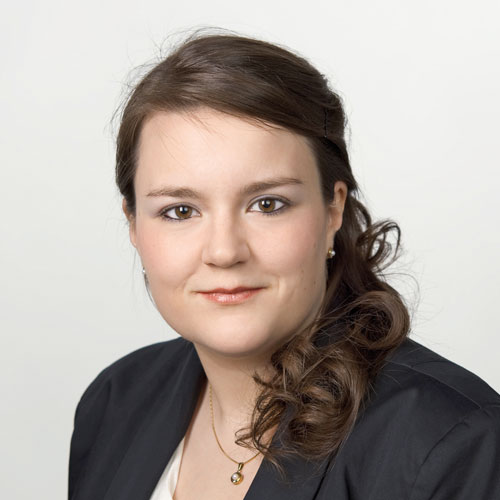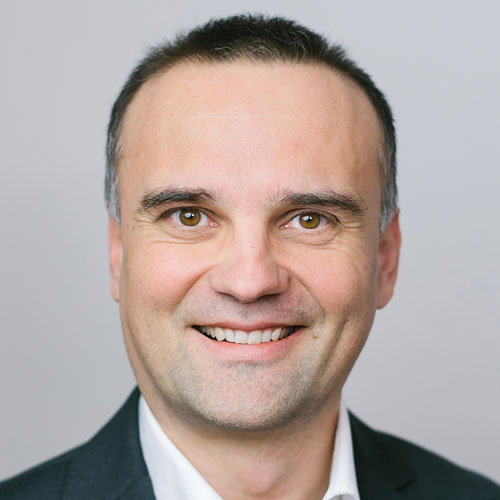Digitalization in professional sports: Salzburg Research developed a method for measuring steering impulses in luge sports based on motion data analysis for the Bobsleigh and Luge Association of Germany.
Challenge
Luge athletes control the sled with the finest weight shifts of the upper body by pulling on the handles and by putting leg pressure on the horns. These subtle and perfectly timed movements are usually not visible to the naked eye. Until now, the runs of the Bobsleigh and Luge Association of Germany have usually been discussed immediately after the run via radio with the trainers who are standing on certain sections of the track, and later by means of video analysis. In addition, intermediate times are used to analyze where time was lost. There was no method for measuring steering impulses.
Solution
In order to solve this problem, the Bobsleigh and Luge Association of Germany worked together with Salzburg Research to develop a digital solution. The application-oriented research institute Salzburg Research provides the necessary know-how in motion data analysis as well as sensor technology and measurement with new technologies.
With the help of smart sensors, a digital feedback system was developed with the intention to digitalize the sport of luge and bring the luge professionals ever closer to the ideal line in the ice channel. At the beginning, a suitable setup was sought out in order to be able to obtain meaningful data on the athletes’ interactions. In an iterative process, the data quality and whether the collected data reflected the steering impulses in a way that could be used for further data analysis were assessed. This resulted in a prototype in the laboratory that can be tested in a real environment, i.e. directly in the ice channel.
Benefits
Digitalization of the sport: The integration of smart sensors into the sleigh enables the digitalization of the luge sport. This further development offers new possibilities for the analysis and optimization of racing technique:
- Real-time feedback: The six pressure sensors on the sleigh allow direct transmission of the movements and steering impulses to the trainers and later also the athletes, which enables a quick correction and improvement of the racing technique.
- More accurate analysis: Digital technology enables more accurate analysis of runs, including intermediate times and positioning in the ice channel. This helps in the identification of weak points and the optimization of the racing technique.
- Personalized training plans: Real-time data on steering techniques can provide valuable insights for performance analysis and improvement. For example, personalized training plans that are tailored to individual steering patterns could be developed.
- Improved safety: By closely monitoring movements and steering pulses, athletes and coaches can react to possible errors and thus increase safety in the ice channel.
Wearable sensors and actuators can also be used in other sports, independently of the luge. The pressure sensors used can also be used for gait analysis in running, for example. By integrating them into sports equipment, manufacturers can learn more about how their products are used in the field.
Learn more:
First steps towards digitalization: Free testing before investment
This research is funded by the European Digital Innovation Hub (EDIH) “Crowd in Motion”. The EDIH “Crowd in Motion” supports companies and organizations in the digital transformation in the tourism, sports and leisure industries with tailored advice and services , mostly completely free of charge for small and medium-sized businesses, organizations and public institutions.
The EDIH is an ideal instrument for taking the first steps towards digitalization, with the know-how of experts, the appropriate infrastructure and a scientific basis. The advice “Test before Invest” gives the bobsled and luge association the opportunity to experiment professionally before a lot of money is invested in a sensor system that may not function properly.
